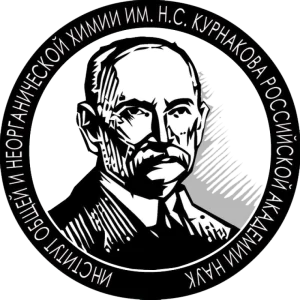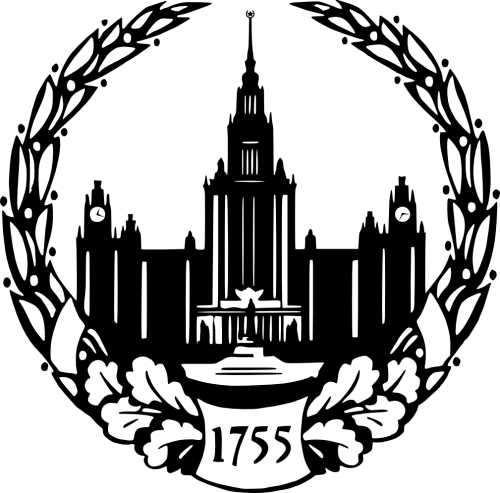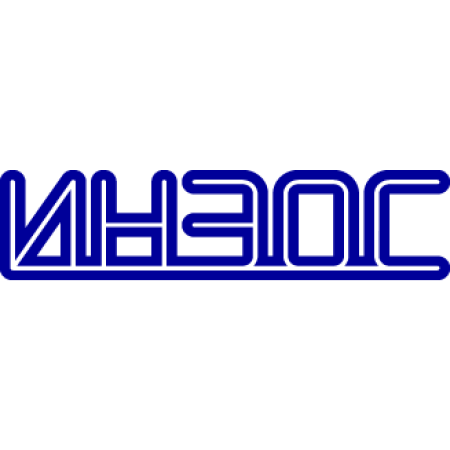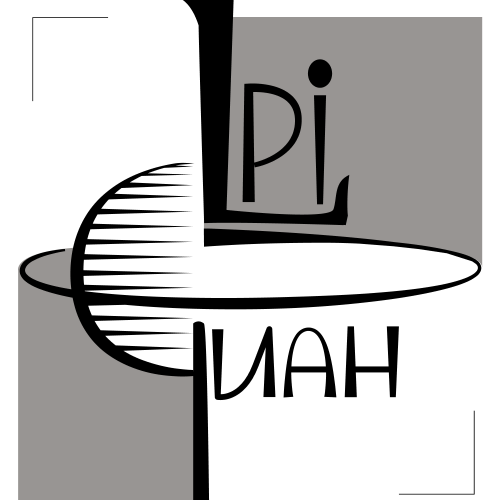Laboratory of Crystal Chemistry and X-ray Diffraction Analysis
Publications
553
Citations
7 041
h-index
37
Authorization required.
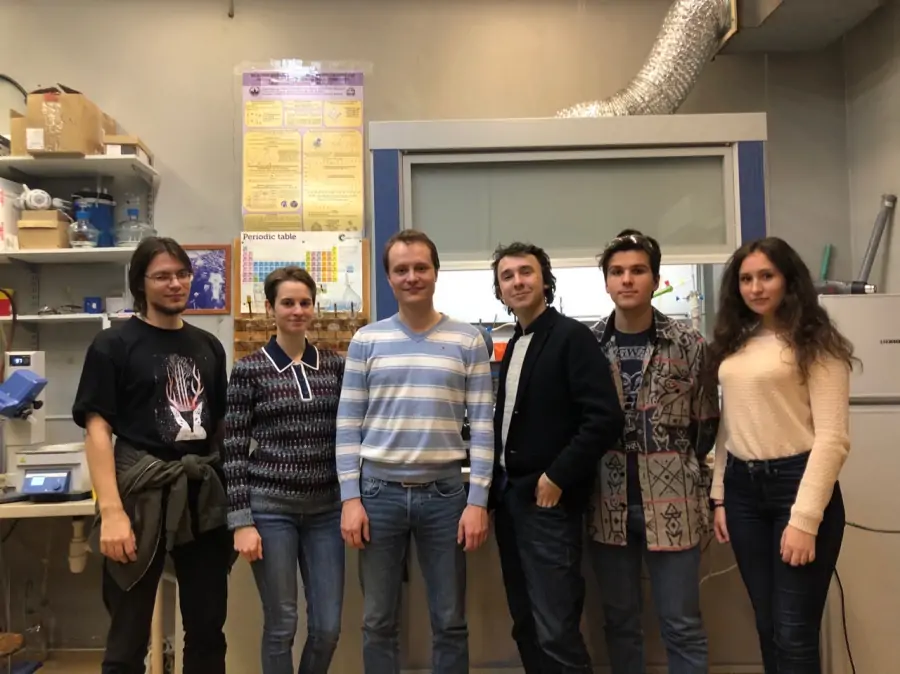
Investigation of the crystal structure of new peroxosolvates and hydrazine solvates of organic compounds.
Synthesis and investigation of cyclometallic complexes Ir(III) and Rh(III).
The study of phase transitions in liquid crystal compounds.
- X-ray diffraction analysis
- X-ray phase analysis
- Absorption spectroscopy
- Cyclic voltammetry
Andrei Churakov
Head of Laboratory

Lyudmila Kuz'mina
Principal researcher

Andrey Ilyukhin
Leading researcher

Mikhail Vener
Leading researcher
Stanislav Bezzubov
Senior Researcher

Elmira Lermontova
Researcher
Marina Kiseleva
Junior researcher
Lev Krasnov
Junior researcher

Paulina Kalle
Junior researcher
Research directions
Study of patterns in the formation of peroxosolvates and hydrazine solvates of small molecules; study of the topology of peroxide clusters
+
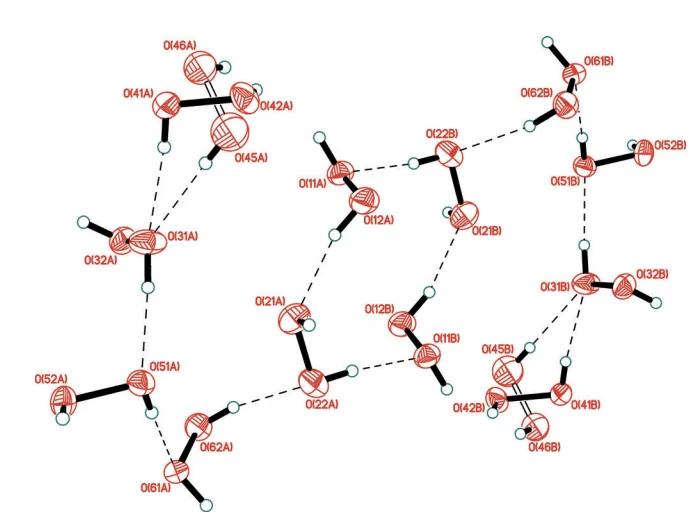
Hydrogen-bound small molecular clusters in gaseous, liquid and solid states have been widely studied, since they play a significant role in various chemical, environmental and biological processes, and clusters of water as the most important biological molecule are of the greatest interest. Among other tiny molecular species, hydrogen peroxide is the closest relative of water and is also involved in many important environmental and biological phenomena. It has recently been shown that hydrogen peroxide forms noticeably stronger H bonds than water in isomorphic media. For example, a series of theoretical studies of peroxosolvate-hydrate clusters involving H2O2 and a mixture of H2O2–water has recently been conducted.
Systematic study of potentially mesomorphic organic compounds
+
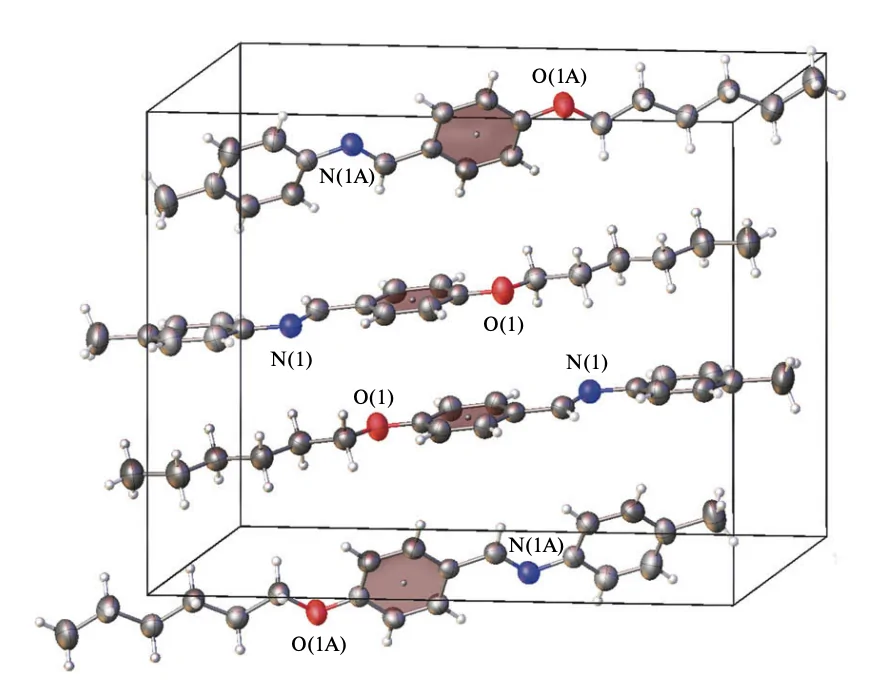
This direction is a combined (based on X-ray diffraction analysis (XRD) and differential scanning calorimetry (DSC)) study of homologous series of organic compounds capable of forming a mesophase during melting and/or cooling of an isotropic melt. These studies are aimed at a deeper understanding of the nature of the mesophase and the factors leading to its formation. Mesophase is a kind of aggregate state of a substance intermediate between a liquid and a crystal. Crystal–mesophase–liquid transformations proceed as phase transitions, that is, they are accompanied by a certain thermal effect.
Synthesis and study of optical and electrochemical properties of cyclometallic complexes Ir(III) and Rh(III); directed synthesis of such compounds for use as photosensitizers for Gretzel solar cells; study of approaches to the construction of Ir(III) complexes of non-standard composition and structure
+

Over the past decades, cyclometallic iridium (III) complexes have attracted the attention of a large number of researchers around the world, primarily because of their unique physico-chemical properties and the ability to change them over a wide range by varying ligands in the coordination environment of the metal. The bright luminescence of such compounds, their thermodynamic and kinetic stability, and the finely "tuned" lifetime of the triplet excited state determine the use of iridium(III) complexes in various modern high-tech fields.The composition of such iridium(III) complexes includes two types of ligands - cyclometallic and auxiliary. Usually, cyclometallic ligands are significantly modified to qualitatively improve the characteristics of complexes, up to their type replacement. The latter is inevitably accompanied by time-consuming optimization of synthesis conditions, selection of auxiliary ligands and identification of new structure-property correlations, and obtaining the specified properties of the complexes is not guaranteed.The work is aimed at creating a universal approach to the design of stable iridium(III) complexes, the properties of which can be "customized" for a specific practical task of photo/electroluminescence or photosensitization by rationally designing the structure of cyclometallic ligands and choosing the appropriate auxiliary ligand.
Publications and patents
Found
Nothing found, try to update filter.
2022
—
2023
| Беззубов Станислав Игоревич
2022
—
2023
| Чураков Андрей Викторович
2019
—
2020
| Кузьмина Людмила Георгиевна
2016
—
2018
| Кузьмина Людмила Георгиевна
Lab address
ИОНХ РАН, 6 этаж, 613 комната
Authorization required.
